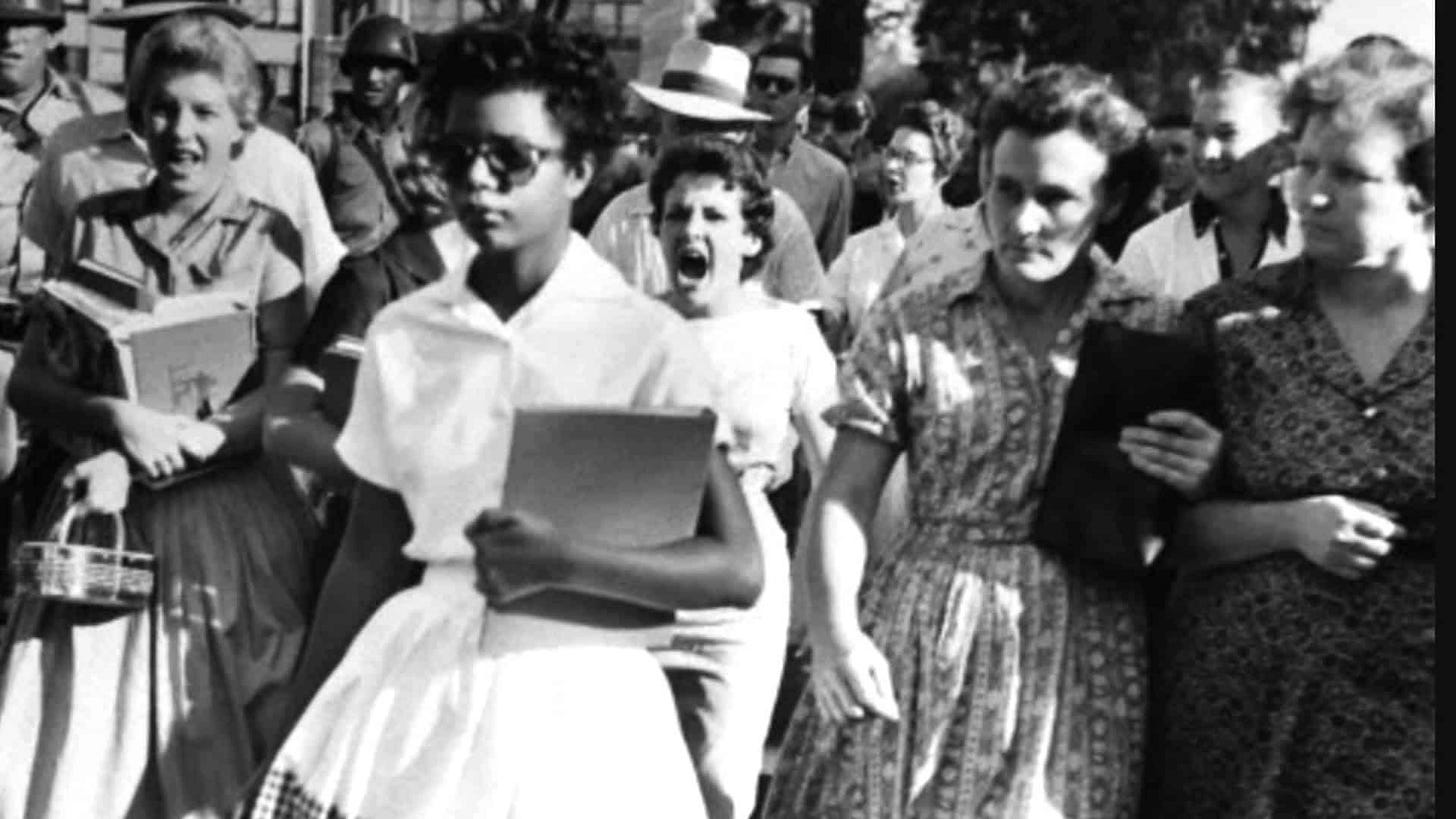Fifty Years After Brown
Compulsory racial separation was wicked on its face. But we have still not closed the education gap. There's a solution.
"I can't presume to know exactly what my uncle would say about the current
debate over school vouchers and choice, but I know the principles he taught. . . . [A]ll
Americans should want the public schools to be the very best they can be, but we must
make it possible for all people to choose the best educational settings for their
children, no matter what their circumstances."
-- Alveda King, niece of Dr. Martin Luther King, Jr.
by Rod D. Martin
May 17, 2004
On May 17, 1954, the U.S. Supreme Court in Brown v. Board of Education struck a mortal blow against forced racial segregation in public schools, overturning its 1896 Plessy v. Ferguson ruling and its "separate-but-equal" doctrine.
In one fell swoop, the Court obliterated Jim Crow school laws in twenty-one states, affecting more than 11,000 school districts and 12 million students.
Today, a half century later, most Americans say, "good riddance,” as well they should. Compulsory racial separation was wicked on its face; we should all thank God it’s gone.
But what about education itself? Has desegregation closed the gap between white and minority achievement?
The depressing answer is no: not even close.
In 2003, 60% of black fourth graders who took the National Assessment of Educational Progress (NAEP) had not even partially mastered grade-level skills. Just one-quarter of white kids did as poorly (not that a 25% failure rate is acceptable).
At the high-school level, black and Hispanic seniors on average read and did math at the level of eighth grade whites.
In our nation's capital, 73% of black fourth graders were "below basic" (i.e., failing) in reading.
At the college level, 36% of whites graduated with a four-year degree, versus only 18% of blacks.
The problem is clear: government schools are about as effective as government steel mills and government farms. Private schools and home schools routinely demolish these numbers with students of all races. And while public education is failing virtually all Americans today, nowhere is it such a disgrace as among those who need it most: America’s inner-city poor.
The left monotonously cites "funding" as the issue, and to some degree that’s fair. Lack of money is indeed a large part of the problem; but it’s not the failing schools that need it. Washington, D.C. is a prime example: its public schools are a national disgrace, yet it spends over $10,000 per student, more than four times what Nevada spends to produce comparative excellence. And it’s easy to see why: our highly unionized, monopoly system has, in many parts of the country, bloated itself to the point that half or more of all school personnel are highly-paid administrators and support staff, goldbricks who never set foot in a classroom.
No, it's the parents who need the money: money for the private and home school alternatives our children desperately need. Wherever they’re tried, state monopolies fail, and free markets work. Schools are the last places we can afford to ignore that basic history lesson.
There are public school reforms which can work wonders. Charter schools have been extremely effective. Vouchers have accomplished much as well. And certainly every American needs real tax relief -- whether in the form of better Education Savings Accounts (like IRAs) or direct tax cuts -- so they can better provide for their own children rather than remain forcibly dependent on the state.
But true educational choice must really mean choice, and choice means a free market, outside government control. At the very least this means breaking down the legal barriers restraining the wildly successful private and home school movements.
Some claim this means abandoning the American ideal of universal education; but our universities have shown this false. Through a combination of tuition for those who can pay, need-based financial aid, student loans and merit scholarships, our college model can be easily extended to K-12. And in fact, that’s just what’s happening.
One prime example is the Children's Scholarship Fund, to which entrepreneurs Ted Forstmann and John Walton each donated $100 million for private school scholarships for disadvantaged children across the nation. Martin Luther King III said of CSF that their work is “a real continuation of the work my father began.” This is precisely correct: though it may be lost on our educrats, it is undeniably true that a quality education is a cornerstone of our freedom, not just for America but for each of its people.
CSF is not alone. From the outstanding nationwide work of Children First America to the more localized efforts of the Independent Scholarship Fund, Americans are giving their time and treasure for our children, providing the equal educational opportunity rich liberals like Hillary Clinton gladly take for their own children but deny everyone else. In the far left’s America, everything really does boil down to rich and poor, with the rich using the armed force of government to keep the rest of us in our place. In so doing, they keep Jim Crow alive and well.
Fifty years after Brown, it’s long past time that real equality be achieved; and that equality must not be an equality of stupidity and failure. The promise of equal educational excellence for all is alive, however tentatively -- and not a moment too soon.




